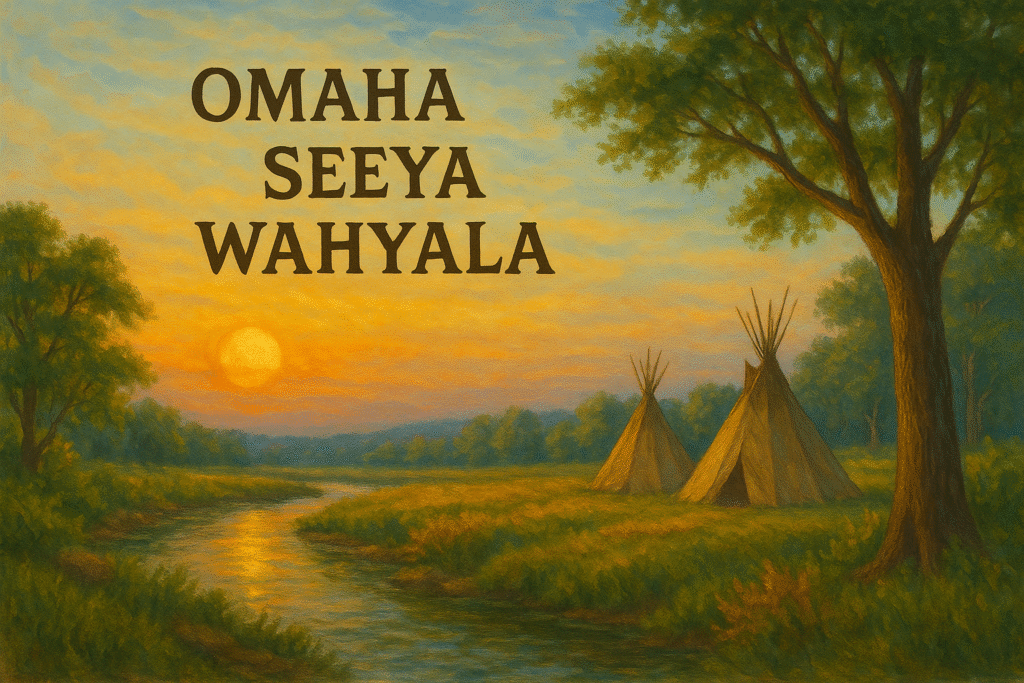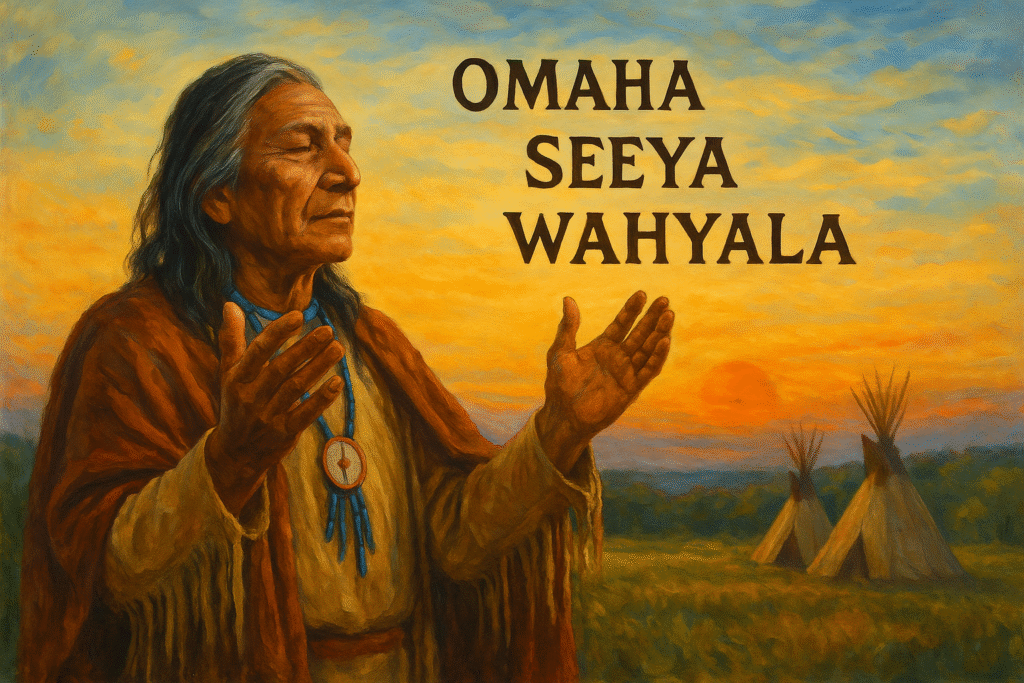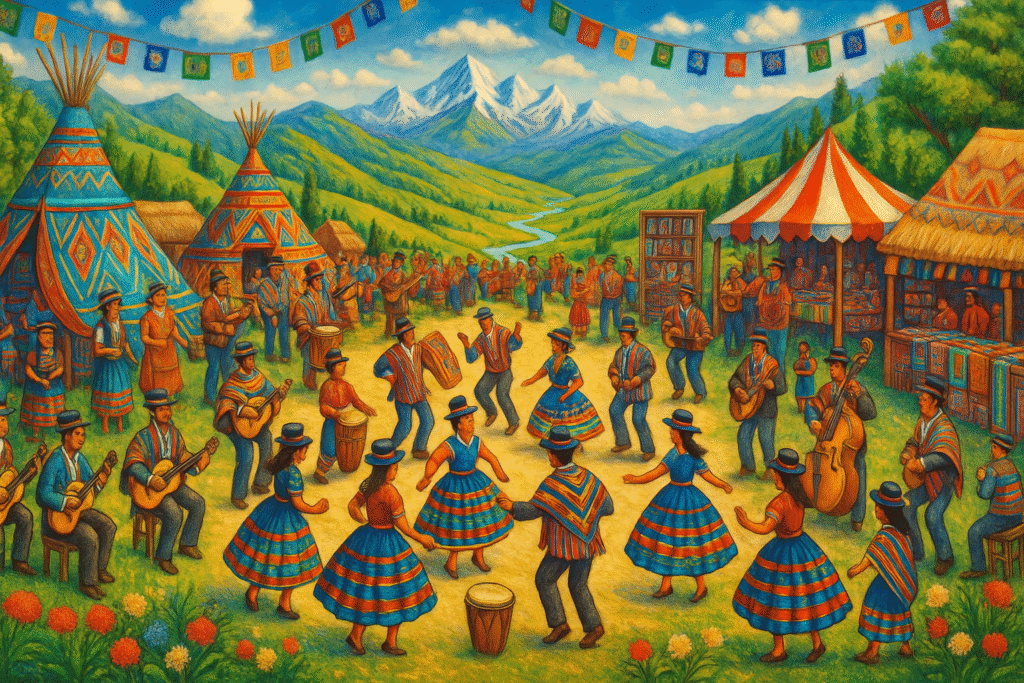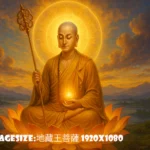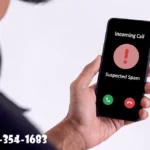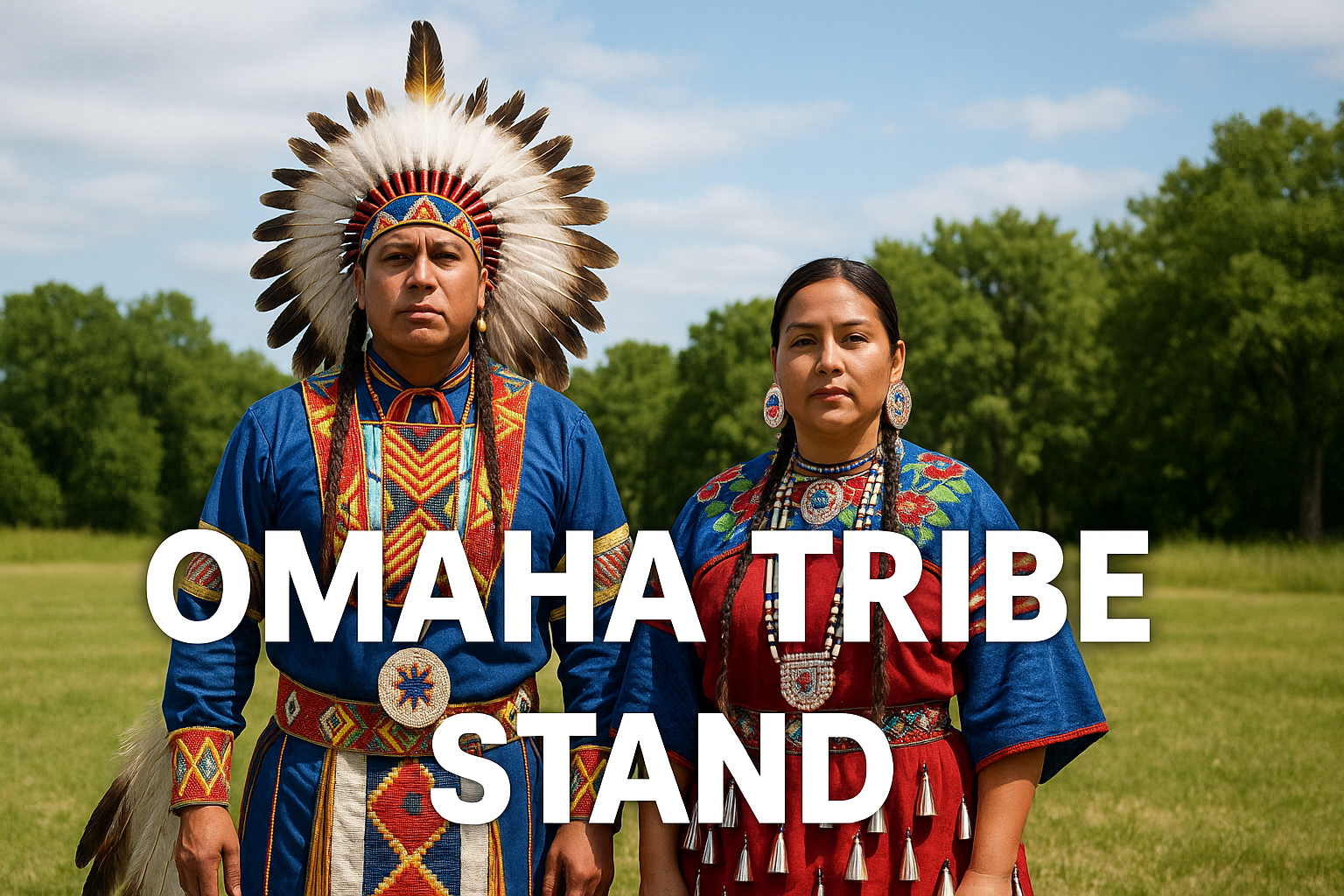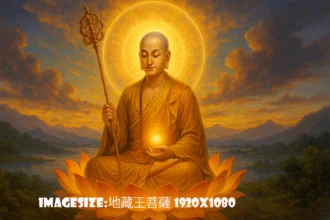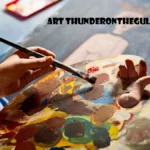“omaha seeya wahyala” is a sacred and deeply meaningful phrase within the Omaha Tribe, an Indigenous community of North America. This powerful phrase symbolizes connection — to ancestors, to the land, and to the unseen spiritual world.
The Omaha people view these words as more than just a form of communication. “Omaha Seeya Wahyala” embodies prayers, blessings, and ancient wisdom, carried forward through countless generations.
Even in today’s modern world, this phrase continues to hold an honored place in ceremonies, teachings, and personal spiritual practices.
To truly appreciate its power, we must dive into the roots of the Omaha Tribe, their worldview, and their unwavering spirit of resilience.
Understanding the Omaha Tribe
The Omaha Tribe originates from the central plains of the United States, primarily the regions we now call Nebraska and Iowa. They are part of the Dhegihan branch of the Siouan language family. Their name, “Omaha,” means “those going against the current,” reflecting their historic migration up the Missouri River.
The Omaha people lived in carefully organized villages. Their society revolved around respect for nature, spirituality, family ties, and collective well-being. Hunting, farming, storytelling, and sacred rituals were all interwoven into daily life.
Spirituality was especially crucial. For the Omaha, life was not just about survival, but about living in balance with nature, showing respect to all beings, and honoring the spirits who watched over them. Language, especially sacred words and prayers like “Seeya Wahyala,” carried the heartbeat of their culture forward through generations.
Despite centuries of hardship, displacement, and forced assimilation by external forces, the Omaha have held firmly to their identity, preserving the teachings of their ancestors with pride.
Meaning and Spiritual Significance of “Seeya Wahyala”
The phrase “Seeya Wahyala” is filled with profound spiritual symbolism. Though it is difficult to capture its full essence in English, it can be loosely understood as a “call to the spirit world” or “seeking blessings and connection to ancestors.”
- “Seeya” relates to the energy of the spirit — unseen, eternal, surrounding all life.
- “Wahyala” speaks to sacred blessings, protection, unity, and guidance.
When Omaha people speak these words, they are not merely uttering sounds. They are summoning the wisdom, courage, and love of generations past. It is both a celebration and a plea — for strength, for healing, for direction.
Saying “Omaha Seeya Wahyala” brings the speaker closer to the natural world, to the ancestors, and to the cycle of life itself. It is a reminder that humans are but one part of a larger, sacred universe.
Traditional Use of Omaha Seeya Wahyala
In the traditional life of the Omaha, the use of sacred phrases like “Seeya Wahyala” was reserved for the most important and sacred moments. It was not used casually, but with deep intention and great respect.
- Seasonal Ceremonies: During planting, harvesting, and hunting festivals, “Seeya Wahyala” was spoken to thank the spirits and ask for continued abundance.
- Rites of Passage: When a child was born, when a young person came of age, when two people were married, or when an elder passed into the spirit world — these moments were marked with blessings and invocations.
- Healing Rituals: During sickness or emotional hardships, the words were used to call on ancestral healing and protection.
- Peace Ceremonies: In times of conflict resolution or treaties, elders would use “Seeya Wahyala” to pray for harmony between different groups.
By speaking these sacred words, the Omaha people reaffirmed their place within the sacred circle of life and their unbreakable bond to the land, the spirits, and each other.
Symbol of Indigenous Sovereignty
The survival of sacred phrases like “Omaha Seeya Wahyala” speaks volumes about the resilience of Indigenous communities. Over the past few centuries, Indigenous people in North America faced brutal campaigns aimed at erasing their languages, cultures, and identities.
Boarding schools, government policies, and cultural repression tried to replace Indigenous ways with colonial practices. Children were forbidden to speak their native languages. Ceremonies were outlawed. Yet, the Omaha and many other tribes resisted.
Preserving phrases like “Seeya Wahyala” became an act of defiance and strength. Speaking traditional words kept spiritual and cultural lifelines alive even during the darkest times.
Today, when an Omaha elder or youth speaks these words, they are not just honoring tradition — they are exercising sovereignty. They are saying: We are still here. Our voices are strong. Our spirits are unbroken.
Omaha Seeya Wahyala in Modern Times
In the 21st century, “Omaha Seeya Wahyala” remains a living, breathing part of Omaha identity.
- Ceremonial Use: It is still spoken at tribal gatherings, funerals, weddings, and cultural celebrations.
- Personal Practices: Many Omaha people incorporate it into personal prayers, daily affirmations, or meditation.
- Community Healing: It is used in times of grief, hardship, and during communal healing circles.
- Language Revitalization: Young Omaha students are learning it in tribal schools and language classes.
Additionally, the phrase now travels across digital platforms — shared in social media posts, online gatherings, and educational videos — connecting Omaha youth living far from the reservation back to their cultural roots.
Through all these uses, “Seeya Wahyala” continues to serve its ancient purpose: binding the people to their heritage, their ancestors, and each other.
Omaha Seeya Wahyala and Healing
Healing — physical, emotional, and spiritual — lies at the heart of “Seeya Wahyala.”
The Omaha believe that when a person is hurting, their spirit also needs care. By speaking sacred words, individuals call on the strength and compassion of the spirits to heal the invisible wounds.
Communities come together to offer these prayers during tough times. Whether after the loss of a loved one, the hardship of addiction recovery, or natural disasters, “Omaha Seeya Wahyala” serves as a source of collective strength and hope.
Personal stories tell of individuals finding the courage to move forward after trauma, simply by grounding themselves in these sacred words. It is a living reminder that healing is not only personal — it is communal, and spiritual.
Cultural Preservation Efforts
Recognizing the importance of language and tradition, the Omaha Tribe has launched many preservation initiatives:
- Language Revitalization Programs: Schools now teach children to speak Omaha, including ceremonial phrases like “Seeya Wahyala.”
- Cultural Workshops: Elders and cultural experts offer storytelling sessions where sacred words are explained and honored.
- Archival Projects: Digital libraries and oral recordings ensure that sacred words and teachings are preserved for future generations.
- Art and Music: Modern Omaha artists and musicians incorporate “Seeya Wahyala” into their work, keeping it alive in creative, evolving ways.
These efforts ensure that “Omaha Seeya Wahyala” will continue to inspire, guide, and strengthen the Omaha people for many generations to come.
Lessons the World Can Learn
“Omaha Seeya Wahyala” carries lessons that extend far beyond the Omaha Tribe:
- Respect for Ancestry: Our past shapes our future. Honoring those who came before us gives us strength.
- Living in Balance: True happiness comes from living harmoniously with nature, not trying to dominate it.
- Community Healing: Real healing is collective. When we lift others, we lift ourselves.
- Power of Words: Language is more than communication — it is connection, memory, and spirit.
By learning from the Omaha, we are reminded that no matter how modern we become, deep within us lies a need for connection — to history, to the earth, and to each other.
Conclusion
“Omaha Seeya Wahyala” is much more than an ancient phrase. It carries the soul of the Omaha people, linking them to their ancestors, land, and spirit world in a way that words alone can hardly describe.
This sacred expression continues to serve as a guide for modern generations, helping them stay grounded in their identity, culture, and spiritual beliefs. It acts as a bridge between the wisdom of the past and the hopes of the future.
Even in today’s fast-changing world, “Seeya Wahyala” reminds the Omaha community that their traditions, language, and spirituality are sources of strength, healing, and unity. It is a living symbol of resilience and cultural pride.
Every time “Omaha Seeya Wahyala” is spoken — whether during a ceremony, a quiet prayer, or a public gathering — it keeps alive the spirit of connection, reminding all of us that true power lies in honoring our roots and embracing our shared humanity.
FAQs
What does “Omaha Seeya Wahyala” mean?
“Omaha Seeya Wahyala” is a sacred phrase meaning a spiritual call for blessings, unity, and ancestral connection within the Omaha Tribe.
How is “Omaha Seeya Wahyala” used traditionally?
It is spoken during ceremonies like harvests, healing rituals, rites of passage, and peace gatherings to honor spirits and seek guidance.
Why is “Omaha Seeya Wahyala” important today?
It helps Omaha people preserve their cultural identity, practice healing traditions, and stay spiritually connected in the modern world.
Is “Omaha Seeya Wahyala” still taught to younger generations?
Yes, through language programs, storytelling, and community events, younger Omaha members are learning and proudly using this sacred phrase.
What lessons can others learn from “Omaha Seeya Wahyala”?
It teaches respect for ancestry, balance with nature, the importance of community healing, and the deep spiritual power of traditional words.
Also Read:
Directory ArcyArt: Why It’s a Game-Changer for Independent Artists
Immediate 0.3 Folex: How This AI Platform Changes Crypto and Forex Trading
letsbuildup org: Why It Matters for Personal Growth and Environmental Health
odysseystoryshop.com: Why Personalized Gifts Are the New Trend
